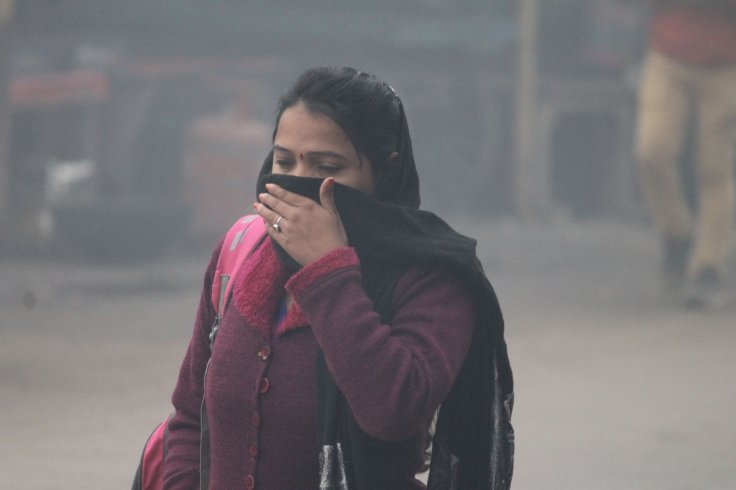Exposure even for a short period to harmful air pollution, especially among older women, increase the chance of dying early, claimed a new study.

One of the earlier studies had revealed that fine inhalable particles (PM2.5) and ozone, specifically warm season ozone, which occurs between April and September; resulted in higher mortality rates.
The findings explicitly showed that for every 10 ug/m3 (micrograms per cubic metre air, fine inhalable particles and warm season ozone increased by PM2.5 and 10ppb respectively. The daily mortality rate had increased by 1.05% and 0.51%.
Also read: EPA Clean Air Act responsible for saving more lives than originally predicted, says study
However, this might appear relatively small but the health impact caused by it was tremendous if it was applied to the population of seniors.
"We found that the mortality rate increases almost linearly as air population increases. Any level of air population, no matter how low, is harmful to human health," said Francesca Dominici, Professor from Harvard T.H. Chan School of Public Health.
Especially those low-income people are highly associated with higher mortality rate with an increased PM2.5. They are almost three times higher than middle-class people.
The 25% higher risk of mortality rate in women and non-white while compared with male and white complexion, claimed the study.
Also read: Exposure to air pollution can cause stroke, says neurologist
The researchers explained that particularly poverty, unhealthy lifestyle, poverty are found to be involved in such discrepancies and sufferings, said researchers.
"No matter where you live-in cities, in the suburbs, or in rural areas as long as you breathe air pollution, you are at risk," said Qian Di, from the varsity.
In the study published in the Journal of the American Medical Association (JAMA), the researchers evaluated the constant air pollution exposures of people living in 39, 182 zip codes in the US over periods of 13 years from 2000 to 2010.
The findings revealed that daily changes in fine particulate matter and ozone exposures were associated with higher risk of premature death among older women. The researchers are suggesting that these standards are needed to be re-evaluated.









